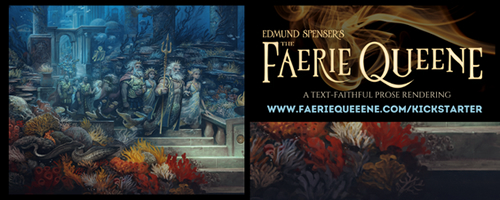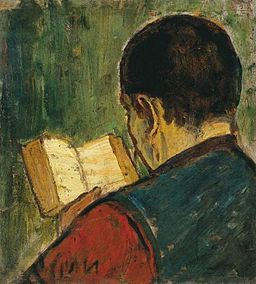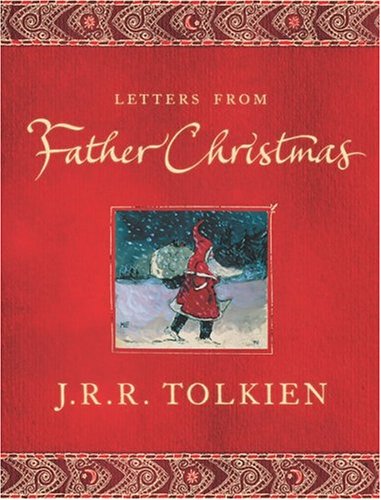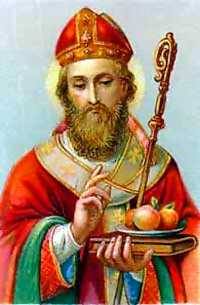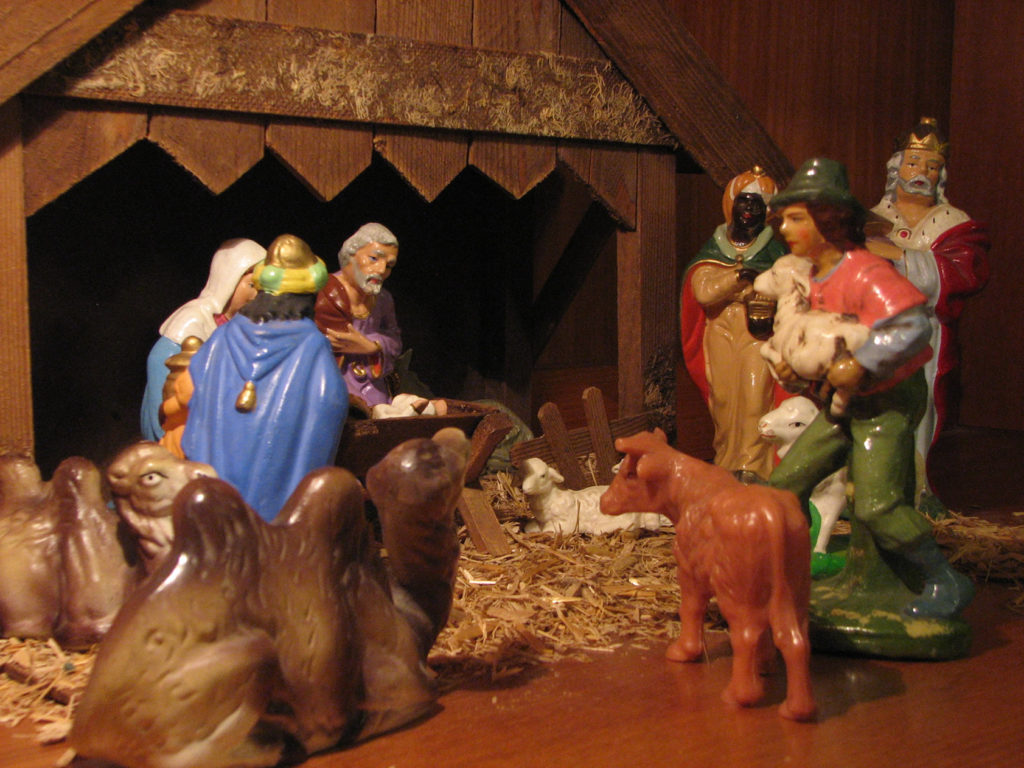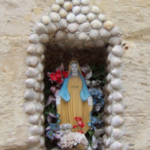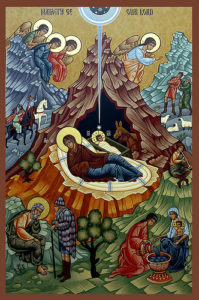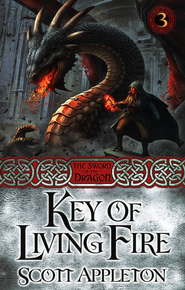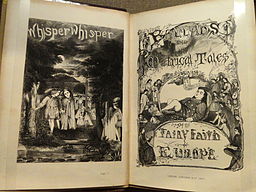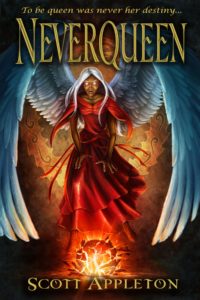Marcher Lord Press Regenerates
No, I didnât see that coming.1
Today I learned that one of my favorite publishers, Marcher Lord Press, has been sold.2
I couldnât help but think of Doctor Who. On Jan. 1, MLP founder Jeff Gerke, presumably after having blasted a Dalek horde out of the sky, stumbled into the control room of the TARDIS. After a tearful reminder that people change and thatâs okay, a glowing Gerke jackknifed over the console, then snapped upright to reveal a new face: literary agent Steve Laube.
Laube now owns Marcher Lord Press. Heâs a former Bethany House editor, a fantastic-fiction fan, and the literary agent behind novels such as Kathy Tyersâ Firebird space-opera trilogy and Randall Ingermansonâs and John Olsonâs Oxygen and The Fifth Man.
From the press release:
Jeff Gerke, the founder of Marcher Lord Press, said âI could not have found a better person to buy the company I started in 2008.â Marcher Lord Press has a backlist of about 40 titles with many of them nominated or winning both Christy and Carol awards for being the best in their genre.
The new Marcher Lord Press will be run as a separate company from Steve Laubeâs literary agency. The agency, founded in 2004, has four agents and over 150 active authors (www.stevelaube.com) with contracts for nearly 1,000 new books. Gerke will focus his efforts on his freelance editorial and publishing service business and his own. âThe plan is to continue with what Jeff started and release between 4-8 new titles in 2014,â Laube said. âI have long believed that this genre has been underserved in our industry despite its inherent ability to tell âFantasticâ stories of philosophical and theological depth.â
 Accentuate the positive
Accentuate the positive
- Will MLP get bigger? Improve its novelsâ quality? Showcase its already diverse and creative titles to the wider audience it, and the Christian SF genre, often deserves?
- Will we see MLP titles at Christian bookstores, or even better, ânormalâ bookstores?
- Could the ânicheâ finally grow beyond those who already want to have their fiction projects published â to the level of folks who pick up novels or become fiction fans without dreaming of joining the authorsâ ranks? (Perhaps Iâm dreaming in our celebrity-obsessed age, or else crossing over into the next category of questions.)
- May even more Christian artists find ways to worship and promote joy in stories?
Eliminate the negative
- If MLP does expand, will the diversity and creativity of its repertoire remain? What about existing titles, such as the surprise-breakout Amish Vampires in Space? (MLP author Vox Day has already chosen to take his A Throne of Bones series elsewhere.)
- If MLP crosses over into Christian bookstores, how will Christian fiction-publishing standards â and all the real or perceived constrictions that implies â affect titles?
- How will fans (to say nothing of authors, editors, publishers) meet the inevitable challenges of growing beyond a ânicheâ market and finding success? Will we handle differing opinions in a Christlike way, putting first stories and the joy they bring us? Will we become merely another aspect of the âevangelical industrial complexâ?
- Fans should love fantastic stories that glorify and worship God through explorations of truth and beauty. Will this âchief endâ slip away, replaced by pragmatism â the notion that says, âThe purpose of stories is to evangelize, entertain, or edifyâ?
How can this change best please our Author? How can Christian fantasy fans anticipate a newly âregeneratedâ Marcher Lord Press, support great stories, and best grow the genre? Moreover, how can we continue to seek His delights in fantastic tales in the new year?
- Today’s column from Marcher Lord Press author John Otte has been moved to tomorrow. ↩
- Update: Here’s the official announcement from Marcher Lord Press. ↩






























